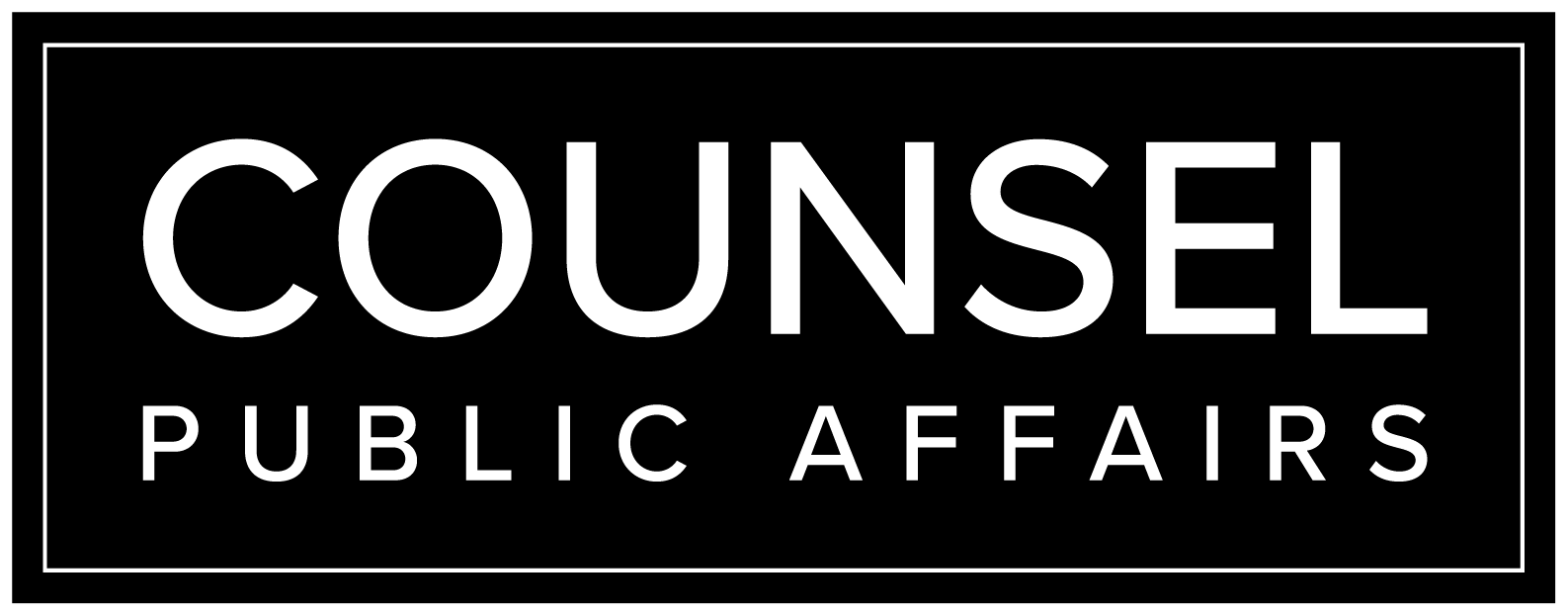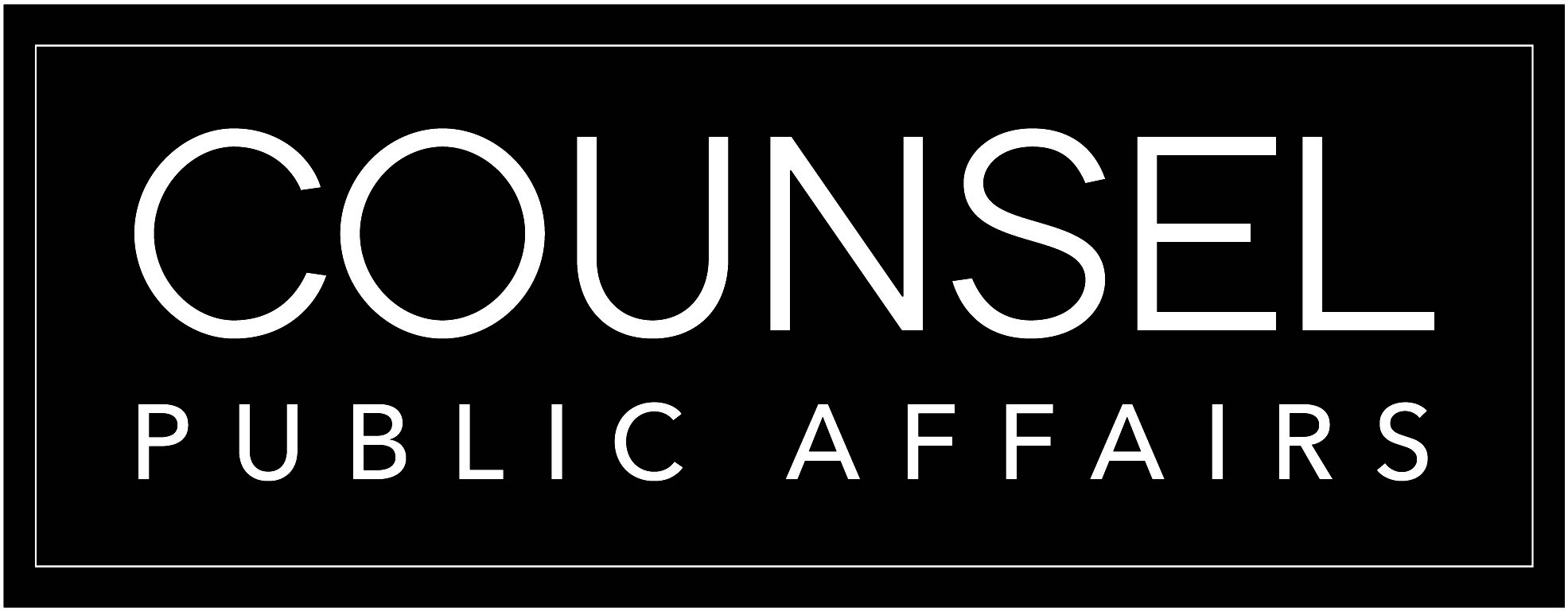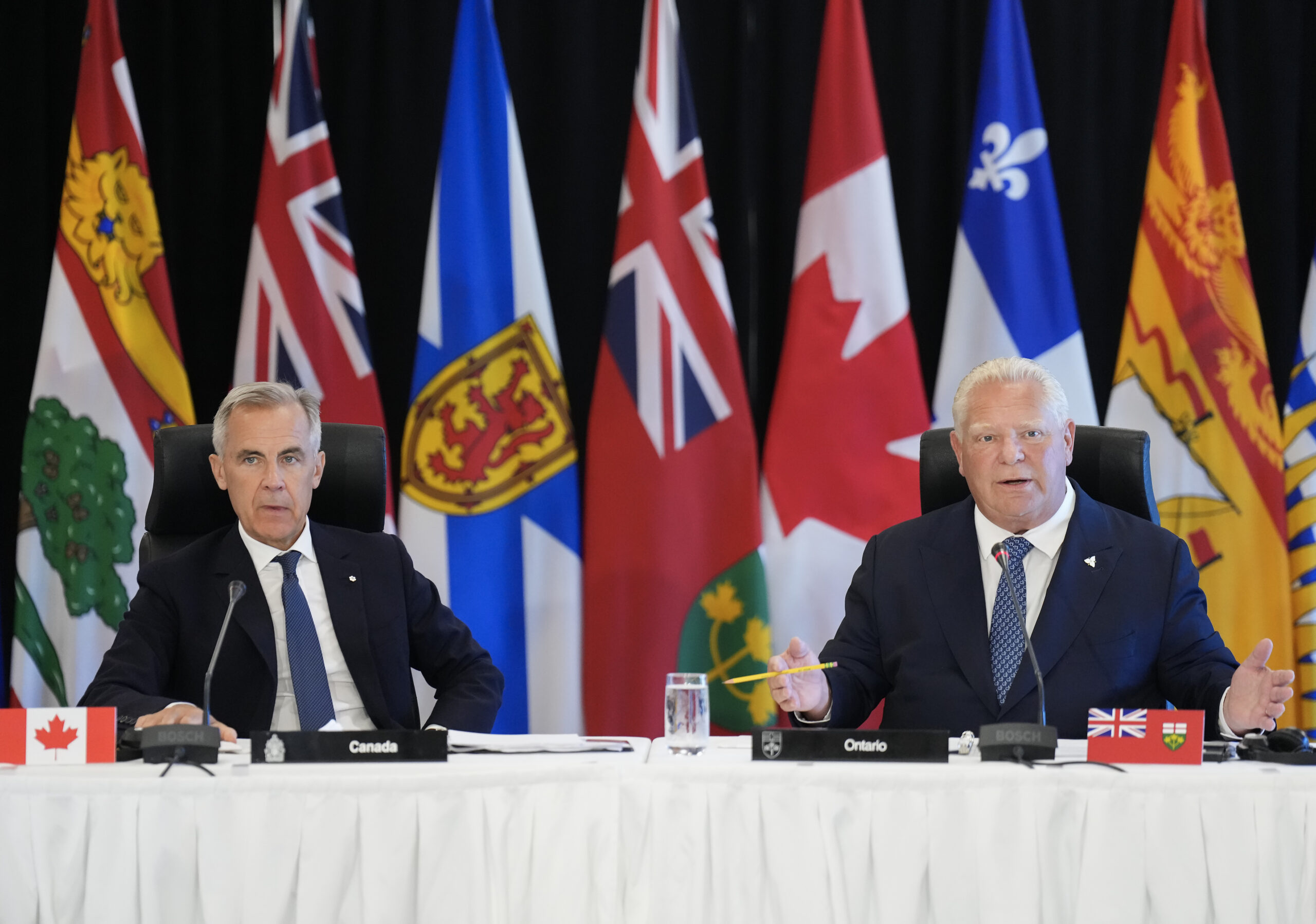Ontario’s cottage country will once again play host to an important meeting of political leaders at a historic turning point. Unlike the 2010 G8 summit where world leaders were tackling how best to spark global economic recovery, the Canada’s First Ministers are gathering to forge a new national path forward without the stable partnership Canada has enjoyed with United States since at least the early half of the 20th century.
Here are three things to watch for ahead of the week’s meetings:
1. Clarity on status of trade negotiations and any unravelling of interprovincial summer peace
Provincial Premiers will be eager for an update after Prime Minister Carney urgently added himself to the Premiers’ meeting agenda to talk about the status of US trade talks. The two countries only recently extended their self-imposed deadline for a trade deal from July 21 to August 1, and in an attempt to lower expectations, the Prime Minister has conceded that, should Canada reach a deal, it will likely still be subject to new tariffs imposed by President Trump.
The talks have been secretive to date, led by the Prime Minister and his office speaking directly with the White House. Yet efforts have been continuously undermined by an unexpected patchwork of new threats and demands that the President signals to the media.
The Prime Minister has been given a lot of leeway in these talks, with a great amount of understanding from the public that negotiating with the current US administration is not an easy task. Eventually, this goodwill is likely to run out and the Carney Government is going to have to show progress.
Big questions remain over what is on the table, and ultimately, what Canada might need to give up to safeguard industries most vulnerable to tariffs, like Ontario’s auto sector. The President has called out a few of his targets, including:
- The tariffs imposed on US agriculture products that result from Canada’s supply management system for dairy, poultry, and eggs.
- The Canadian Digital Sales Tax, which the Carney government rescinded due to pressure from President Trump who was concerned about the impact on U.S. based technology companies.
- The level of border security efforts by Canada to address cross-border drug smuggling — a red herring given the actual level of trafficking, creating only more uncertainty in Canada on whether a good faith deal will be possible.
Interprovincial relationships have warmed since earlier in the year when initial tariff threats left Premiers to fend for their provincial interests. Most recently, provincial governments have appeared to prioritize cooperation and strengthening Canada’s economic resiliency to tariffs, however, potential trade concessions could once again risk pitting Premier-against-Premier.
2. Further details on which nation-building projects will make the final cut and how Canada will navigate Indigenous concerns
Ontario is expected to continue advocating for five major infrastructure projects as part of its nation-building agenda. These include tunneling under Highway 401, expanding nuclear energy generation, constructing a deep-sea port at James Bay, advancing mining development in the Ring of Fire, and expanding passenger rail service across the province.
Ontario’s Bill 5, Protect Ontario by Unleashing Our Economy Act, 2025, which received royal assent in June, aims to accelerate energy and resource development among other priorities. Although the bill has been generally well received for its economic ambitions, tensions with Indigenous communities remain unresolved. There is growing speculation that some Indigenous groups may use the Muskoka First Ministers Meeting to protest what they view as encroachment on their lands and a lack of meaningful consultation. In an apparent move to build goodwill, Prime Minister Carney met with Indigenous leaders in Gatineau last week. However, the meeting has drawn mixed reactions, with some questioning the timing and sincerity behind the effort.
While more Indigenous voices emerge calling for projects not to proceed without their consent, there are others who are just eager to see the nation-building rhetoric from political leaders translated into results. This is creating a rising tension that will need to be addressed through respect, empathy, self-reflection, and diplomatic nation-to-nation engagement before becoming a full-blown disruptive crisis impacting Canada’s national ambitions.
Further clarity on which nation-building projects will make the final list is the next step to improving the relationship with Indigenous leaders. Once it is clear which projects will be moving forward, real discussions can begin and both federal and provincial governments will have an opportunity to demonstrate the economic benefits of these projects, including revenue sharing. Clarity is expected to bring focus and stability to Indigenous relations.
3. Next steps on removing Interprovincial trade barriers and regulations incompatible with one Canadian economy.
While individual provinces have made bilateral progress toward breaking down internal trade barriers, including Premier Ford’s signed MOUs with PEI, Nova Scotia, New Brunswick, Manitoba, Saskatchewan, and Alberta, these are only initial steps in a long and complex journey to reform the divergent provincial laws and regulations needed to truly build one Canadian economy.
Provincial governments would be best served in creating a framework for stakeholder input and advice on how to prioritize regulatory harmonization and attacking this challenge with the same level of enthusiasm as Ontario has treated Red Tape Reduction, including dedicated resources and a twice-annual legislative vehicle.
Without more details on who is responsible for follow through and clarity on what progress between provincial governments will look like, this project risks continuing to be something often talked about but never achieved. Yet for the first time in Canada’s history, tearing down these barrier and harmonizing regulations is entirely possible, but it requires tenacity by Canada’s Premiers after they leave Huntsville and return to their own political realities.
What Does This Mean for You and Your Business?
Between any potential Canada-US trade deal and the systematic removal of traditional provincial trade barriers, Ontario’s trade and regulatory environment could end up looking very different in the months ahead.
If you’re worried about your business’ vulnerabilities to tariffs and trade restrictions or if you see opportunity in tearing down an interprovincial trade or regulatory barrier, now is the time to make your voice heard.


